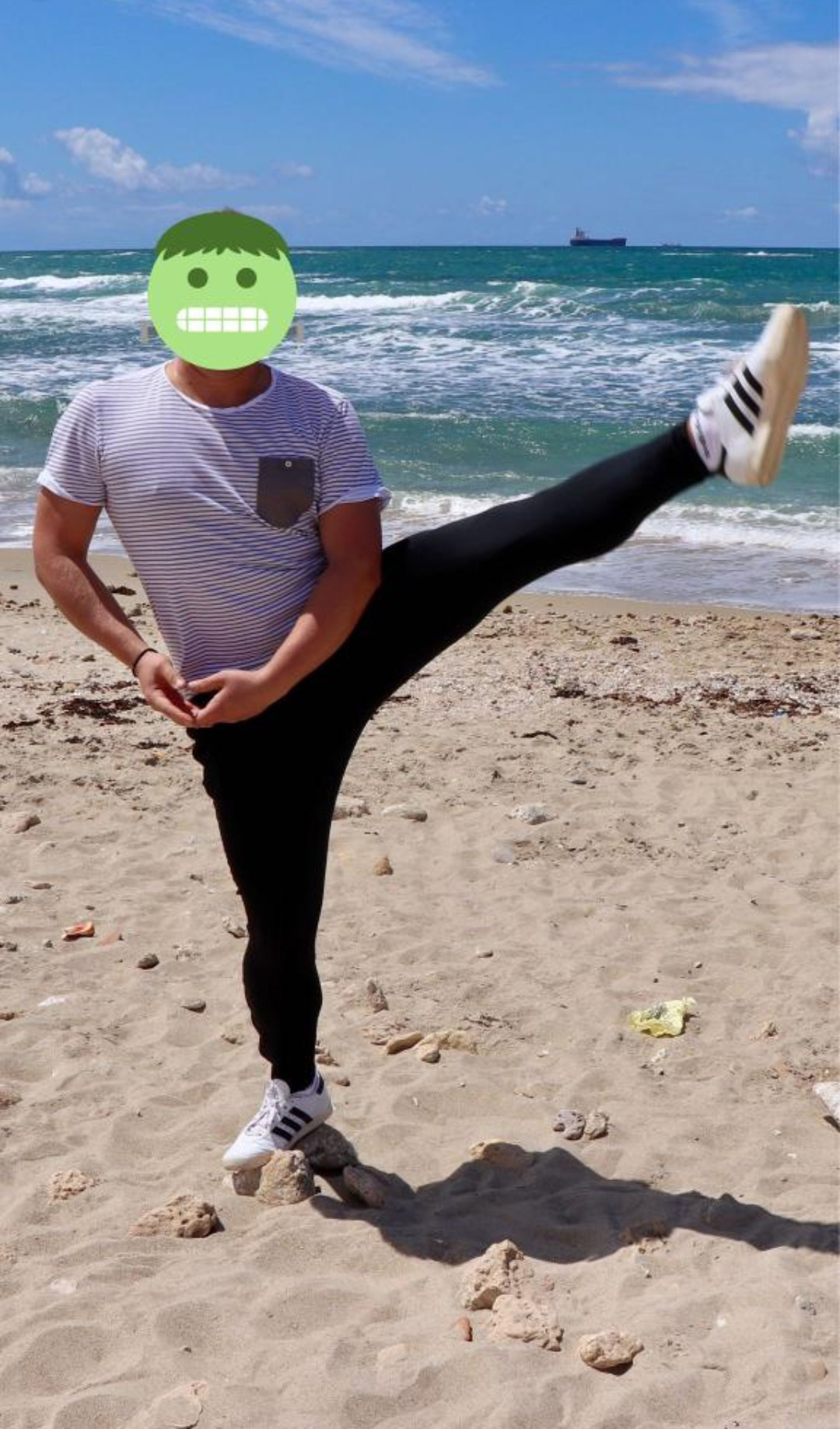
Curated by Alexandros Tsonis
What does it mean to be “queer” in this age of digital technology, where much of our communication, indeed much of our lives, focuses on interacting with screens? Today, more exogenous forces shape queer intimacies and identities, and they are increasingly mediated through digital technologies. Since the launch of the World Wide Web in 1991, the internet has managed to overcome the obstacle of physical distance through virtual connection. Thus, internet has often been interpreted as a protective environment for queer subjects. And that is because in an online setting, identity becomes fluid, ephemeral and empowering because people can choose how they are represented. Find me on the screen tackles this ongoing relationship between queerness and digital technology through the discourses of performativity, materiality, stigma, survival, authenticity and self-representation. All the pieces explore queer identity as something that is constantly being shaped, shaken and re-defined due to the impact of digital media and their virtual ecosystem. The internet has been an important, even vital venue for connecting with others and establishing a sense of identity for queer subjects, so all the artists here discuss on their own way how social media, dating apps and digital media in general host terms and “realities” that define queer identity nowadays. In other words, they investigate, mock and highlight the interrelation of queer individuals with the digital world and the reformation of their identity resulted after the digital intervention.
Marcin Kosakowski, Fit in 01 (2020)
The video presents someone dancing. This character exists only on Instagram under the nickname herr.kowski, and is a caricature of masculinity and the ideas that are often depicted online. It is a form of manifestation and emancipation of homosexual people in a country like Poland, where people are stigmatised for being non-heterosexual, and social media represent the only way to express one’s identity to critically approach stigmatisation and prejudice in the country.
Christos Tsiampakaris, A ghost came to me and then he left (2020)
A ghost came to me and then he left… is a poetic video fairytale about looking for love through social media, making up personas, defining the queer body and the loss of it. Being ghosted by an Instagram crush opens up an inner monologue about long lost identities, unfulfilled love and materiality in the digital era. In her essay “In the defense of the poor image,” Hito Steyerl analyses data economy and human depiction as a fairy godmother that finds an abstract way out of the trouble. In this manner our character finally collapses liberated in a bittersweet pop melody by the early 00s Greek singer Marianda Pieridi, in the only space they can exist … their home.
Andrii Dostliev, Anonymous (2017 – present)
In these digitally altered photos posted to their dating profiles people rely on more than textual descriptions and default avatars to present themselves, they show their photos – therefore, clearly identify themselves – and yet, at the same time, they take conscious measures to hide their identity, to ‘become unrecognizable’ with an act of artistic intervention into the image (not just by cropping the photo or by posing with their faces not visible). The degree of this artistic intervention clearly marks their personal border between self-representation and preserving anonymity. To what extent people can add black geometric shapes or colourful scribbles onto their faces and still remain themselves in the photo? What amount of blur effect hides someone’s face beyond recognition while still preserving portrait’s identificational function? And are they only hiding their real identites or, also, constructing new enhanced digital identites at the same time?






Mitchell Moreno, Body Copy (2020)
In this series of constructed self-portraits Moreno responds to found texts from male same-sex hook-up sites. The artist obsessively scours apps and websites for adverts which are notably specific and which are within the scope of their physical characteristics. They then take the text of the advert, which becomes the title of the picture, and attempt to create an “ideal” response to it through a self-portrait. Acting as stylist, set decorator, subject and photographer, each image is made on a shoe-string budget in a corner of their flat. Moreno is in recovery from a body dysmorphic and eating disorder, and the project originated as a way of addressing the crisis of being photographed and of seeing themselves. Moving beyond the psychotherapeutic, the series explores how queer masculinities are performative, codified, and unstable constructions, rooted in material and digital cultures.
Martin Kámen, Category (2020)
Category is a video piece comprised of film-like title credits, which outline a vocabulary of norms that fluctuate between self-authentication and authorisation. The relationship between public labels and sexual repression is at the centre of this work. Kámen investigates how our current dictionary defines our identity, how we see ourselves or are perceived by others through automatic classification with pejorative meaning, and how our vocabulary influences the decisions we make by creating masks of our identities.




































